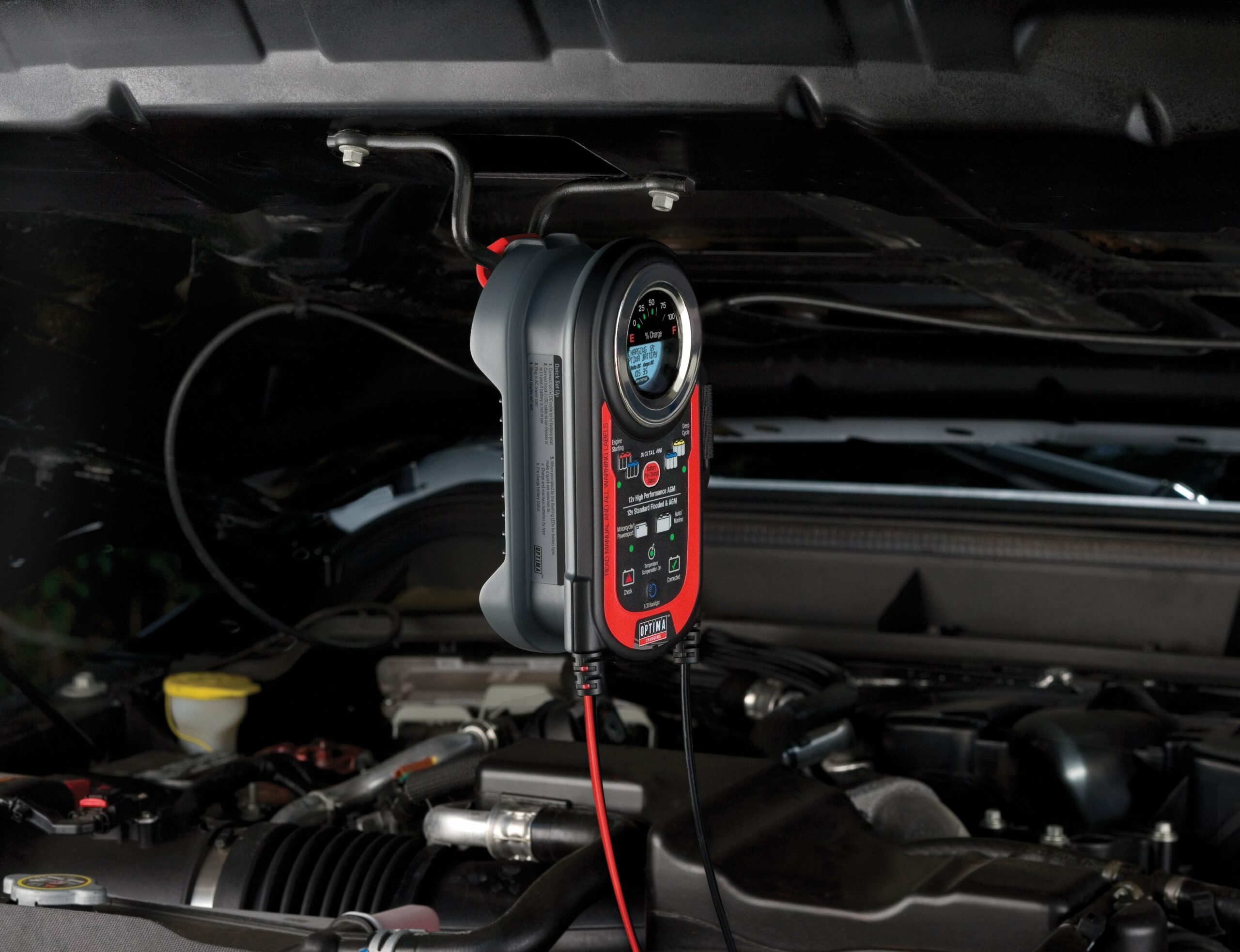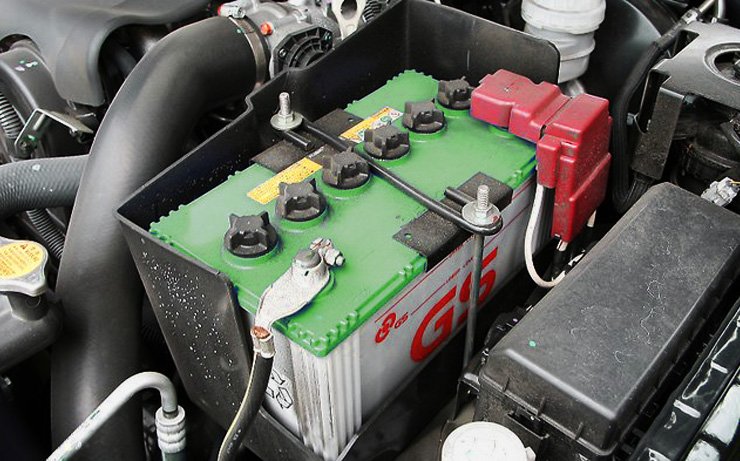Preserving Car Battery: Tips For When Not In Use
Looking for ways to preserve your car battery when it’s not in use? We’ve got you covered! One of the most common problems car owners face is a dead battery, especially when their vehicle has been sitting idle for extended periods. But fear not, because in this article, we will share some simple yet effective tips to help you maintain your car battery’s longevity and prevent those frustrating instances of a dead battery. So, without further ado, let’s dive into the world of battery preservation and learn how to keep your car’s battery in top shape even when it’s not being used.
How to Preserve Car Battery When Not in Use?
Batteries are an essential component of any vehicle, providing the necessary power to start the engine and keep electrical systems running smoothly. However, when your car is not in use for an extended period, such as during vacations or winter storage, the battery can lose its charge and even become damaged. To avoid such issues and ensure your battery remains in optimal condition when not in use, here are some helpful tips and practices to follow:
1. Disconnect the Battery
When your car is not in use for an extended period, disconnecting the battery is a simple and effective way to preserve its charge. By disconnecting the negative (black) terminal from the battery, you can prevent any electrical drain from accessories or standby systems. Be sure to consult your vehicle’s manual for proper disconnection procedures.
2. Use a Battery Maintainer
Investing in a battery maintainer, also known as a trickle charger, can help keep your car battery charged and in good condition during periods of inactivity. These devices provide a low-level charge to the battery, preventing it from losing power while not overcharging it. It’s important to choose a maintainer that is compatible with your battery type and follow the manufacturer’s instructions for optimal usage.
3. Keep the Battery Clean
Regular maintenance and cleaning of your car battery can significantly extend its lifespan. Over time, corrosion can build up on the battery terminals, hindering the flow of electricity. To prevent this, use a mixture of baking soda and water to clean the terminals and a wire brush to remove any stubborn residue. Additionally, make sure the battery is securely fastened to the battery tray to minimize vibrations that could damage it.
4. Store the Battery in a Cool, Dry Place
Proper storage is crucial when you are not using your vehicle for an extended period. Find a cool and dry location, away from direct sunlight and extreme temperatures, to store the battery. Excessive heat can accelerate the battery’s self-discharge rate, while extreme cold can reduce its overall capacity. If possible, consider removing the battery and storing it indoors to provide the optimal environment for preservation.
5. Perform Regular Maintenance
Even when your vehicle is not in use, it’s essential to maintain routine maintenance to ensure the battery remains in good condition. Start the engine and let it run for a short period every few weeks to keep the battery charged. Additionally, inspect the battery for any signs of damage or leaks regularly. If you notice any issues, have the battery inspected by a professional.
6. Avoid Draining the Battery
Leaving electrical components, such as lights, radios, or chargers, on when the vehicle is not in use can drain the battery over time. Be mindful of leaving any accessories plugged in or turned on while the car is not running. If necessary, use a separate power source, such as a portable power bank, to avoid draining the car battery.
7. Check for Parasitic Drains
Sometimes, certain vehicle components or systems can create parasitic drains that slowly deplete the battery’s charge. To identify and address these drains, perform a simple test. After turning off the engine, disconnect the negative terminal and connect an ammeter between the terminal and the cable end. If the reading exceeds 50 milliamps, there may be a parasitic drain that needs further investigation by a professional.
8. Insulate the Battery
In colder climates, it’s crucial to insulate the battery to protect it from freezing temperatures. Extreme cold can reduce the battery’s capacity and potentially damage its internal components. Use insulation material, such as a battery blanket or foam, to wrap around the battery, providing an additional layer of protection against the cold.
9. Avoid Complete Discharge
Allowing your car battery to fully discharge can lead to permanent damage and reduce its overall lifespan. If you don’t plan on using your vehicle for an extended period, it’s recommended to follow the earlier tips or periodically start the engine to keep the battery charged. In case of complete discharge, seek professional assistance to recharge or replace the battery.
10. Regularly Test the Battery
Keeping track of your car battery’s health is crucial to catch any issues early on. Regularly test the battery using a multimeter or take it to a professional for a comprehensive evaluation. Testing helps identify potential problems, such as low voltage or a weakened capacity, allowing you to take appropriate measures to preserve or replace the battery if needed.
By following these tips and implementing good battery preservation practices, you can ensure your car battery remains in optimal condition even when not in use. Taking the time to care for your battery can save you from unwanted inconveniences, costly replacements, and potential breakdowns down the road. Remember, a well-preserved battery leads to a stress-free and reliable driving experience.
How do you keep a car battery from dying when not in use?
Frequently Asked Questions
How can I preserve my car battery when not in use?
To preserve your car battery when not in use, there are several steps you can take:
Should I disconnect the battery when the car is not in use?
Yes, it is a good idea to disconnect the battery when the car is not in use for an extended period. This will prevent any power drain from accessories or systems that may continue to draw power even when the car is off.
Can I use a battery maintainer or trickle charger?
Yes, using a battery maintainer or trickle charger is a great way to keep your car battery charged and in good condition during periods of non-use. These devices provide a constant low-level charge, preventing the battery from draining completely.
What should I do if I cannot disconnect the battery?
If disconnecting the battery is not an option, you can use a battery disconnect switch or install a battery cutoff switch. These devices allow you to easily disconnect and reconnect the battery without having to physically remove the cables.
Should I start my car periodically to preserve the battery?
It is generally recommended to start your car periodically and let it run for a few minutes to maintain the charge in the battery. However, if you do this, make sure to do it in a well-ventilated area to avoid carbon monoxide buildup.
What other precautions should I take to preserve the battery?
Aside from disconnecting the battery or using a maintainer, you can also make sure all lights and accessories are turned off before leaving the car. Additionally, storing the car in a cool and dry location can help prevent battery degradation.
How long can a car battery last when not in use?
The lifespan of a car battery when not in use can vary depending on various factors such as temperature, age, and overall condition. However, with proper preservation techniques, a car battery can typically last several months to a year without losing its charge significantly.
Final Thoughts
Preserving the car battery when not in use is crucial to ensure its longevity and optimal performance. By following a few simple steps, such as disconnecting the battery, keeping it clean and dry, and storing it in a cool location, you can prevent unnecessary drain and damage. Regular maintenance, such as checking the battery’s charge and voltage, can also help in detecting any potential issues early on. By implementing these practices, you can effectively preserve the car battery when not in use, extending its lifespan and saving you from unexpected breakdowns.

